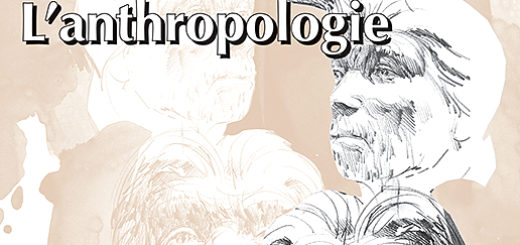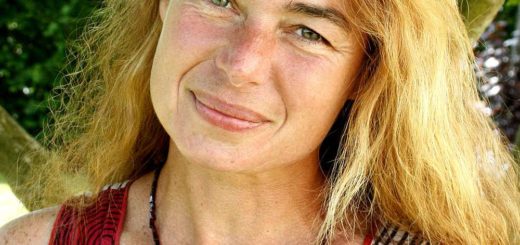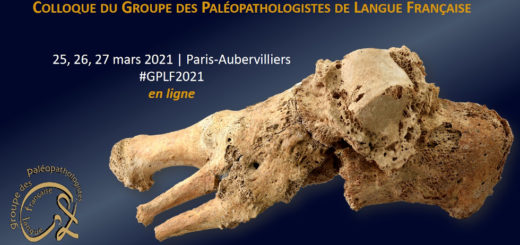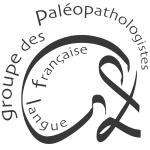Conférence sur la paléopathologie à Qafzeh
Le 7 Juin 2021, Dany Coutinho Nogueira a présenté en visioconférence son travail sur la paléopathologie de Qafzeh notamment, intitulé « Paleoimaging, paleoanthropology and paleopathology in Southwestern Asia ». Vous pourrez retrouver cette présentation en suivant le lien ci-dessous, sur la chaîne de l’ARWA Association ou ici.
https://www.youtube.com/watch?v=k6XeiUgtgOA
Résumé de cette conférence :
The period between 220-45 ka B.P. is crucial for understanding the evolution and dispersal of early anatomically modern humans from Africa. Southwestern Asia, located at the crossroads of the three major geographical areas of the Old World, is rich in archaeological deposits, but since the first discoveries in the 1930s, the fossil record has been the subject of major debate over the biological diversity of the hominins. While all hominins are associated with Mousterian assemblages, they document a highly anatomically heterogeneous group. The Qafzeh site (Lower Galilee) is of special interest as it contains a unique corpus of individuals documenting all age groups from infancy, childhood and adulthood, some of them exhibiting evidence of unique funerary practices. The hominin sample unearthed from the Mousterian layers is represented by 8 partial skeletons and various isolated remains, all of them are identified as early anatomically modern humans and dated to circa 90–100 ka B.P (Vandermeersch 1981, Tillier 1999). Progress in Paleoimaging has resulted in fascinating opportunities for Paleoanthropology and Paleopathology. The application of 2D (radiographs, CT sections) and 3D (virtual reconstruction from microCT-scans) tools to Levantine fossils brings evidence of unexpected intra and inter-site diversity. It also allows the identification at Qafzeh of new bone and dental growth disorders that are consistent with developmental abnormalities previously identified on immature individuals.





